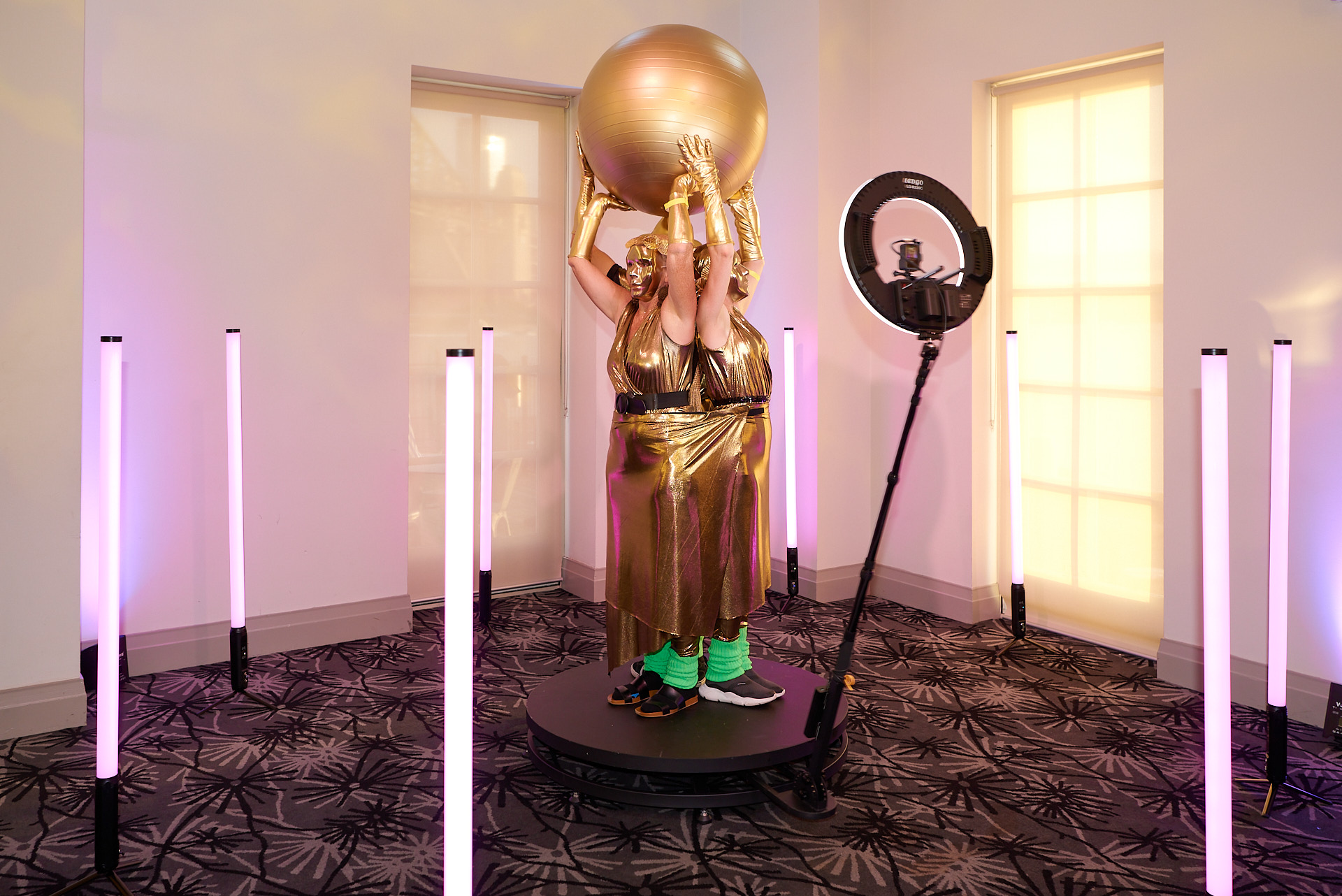Photography Composition, With Overlay Examples
All You Need To Know About Photo Composition Techniques
Introduction to compositional rules and guidelines of photography
After taking more than 100 000 pictures we’ve used that knowledge to create this photography composition detailed guide. There are many examples to show you ‘how to’ and the ideas behind why they work for each element.
Improve your image taking knowledge by reading all the rules and examples to the end.
If you’re a beginner and just taking up photography for the first time, the first thing to know is that there are a set of rules that guide the composition of photographs, just as you’ll find with everything else.
These rules are certainly flexible, and most may not even apply in every situation. But, these rules are there to help streamline the process and help you produce better results.
These rules are called the “rules of composition”. If it helps, see them as a set of guidelines that’ll help make your pictures pop. Of course, when the occasion calls for it, don’t be afraid to discard them and be as creative as you like.
There are a lot of terms for new photographers to understand, if your unsure of these fundamentals; Depth of field, Shutter speed, Aperture, and Exposure. Check them out on the linked article. Otherwise read on about the fundamentals and 12 photo examples.

Example showing rule of thirds in an event photo
Table of Contents – Jump to Headings
Event photography examples of the Rule of thirds
Any type of occasion where people gather and are able to move around presents the photographer with ample opportunity to practice the art with the rules in mind.
On the fashion runway photo example we may or may not have had the chance to capture the image at exactly the grid intersect but in post you can trim a little to place the focus subject exactly where you, the artistic creator chooses. As your can see on the grid overlay, spot on the rule of thirds.


Rule of thirds in corporate event photography. Both top and bottom grids are on two important element in this photo. The name of the event and the participating speakers.
Balance and focus on the important elements of the event where you can.
Portraits at Events Using The Rule of Thirds Composition overlay
Portrait photo of a DJ on stage. Combining both the portrait and event elements. On this photo we’ve bent the rule of thirds as this moment only lasted a second or two.
Getting the shot at a live show is more important than missing one trying to get everything to be perfect.
Even with some post production cropping, cropping the hand out was not an option as it is important part for the shot to have impact. Bend the rules when needed.


Wedding Portrait Rule of Thirds photo overlayed example.
On this photo example we were able to get the grid intersect where we wanted. Usually it is on the nearest eye but in this case we like the focus where it is best.
Stay flexible with all the rules and guidelines in photography.
The photographer is the creator of the art, don’t let the rules rule your artistic expression.
Example of Rule of thirds in Architecture photography
Rule of Symmetry, Triangles and Rule of Thirds being utilised all at the same time in an Architecture photo demonstrating good Composition.

Examples of Rule of Symmetry in Interior Architecture

Rule of Symmetry and Balance in Interior photography demonstrating good pleasing Composition.
Example photo of Symmetry and Balance
Rule of Symmetry and balance in this retail interior décor photo being utilised. Photo rules and guidelines are used a lot in Interior architecture photography to demonstrating good Composition.

Examples of Golden Spiral Ratio with overlay
Golden ration highlighting the type of corporate event which was a Gala dinner awards ceremony.
Then draws the eye down to the table setting which gives is more supplementary context and finally around to the room to complete the picture that tells a story.


For those of you who are reading this article in full will notice this is the same image as above. Occasional you can get both the rule of thirds and the golden spiral / ratio applying to the same picture.
If you are trying to highlight the Event itself. Then this photo also has the golden ration placement focussed on the name. Then draws the eye down towards the people, then to the tail of the golden spiral on to the sponsors list.
Simple example of Leading Lines in Landscape photography
A simple example of Leading Lines in Landscape photography. No overlay on this one as the image itself has multiple leading lines.
Whether your eye is drawn from the top down or bottom up matters not. The important part is that the natural leading lines encourage the viewers eye to scan the photo.














